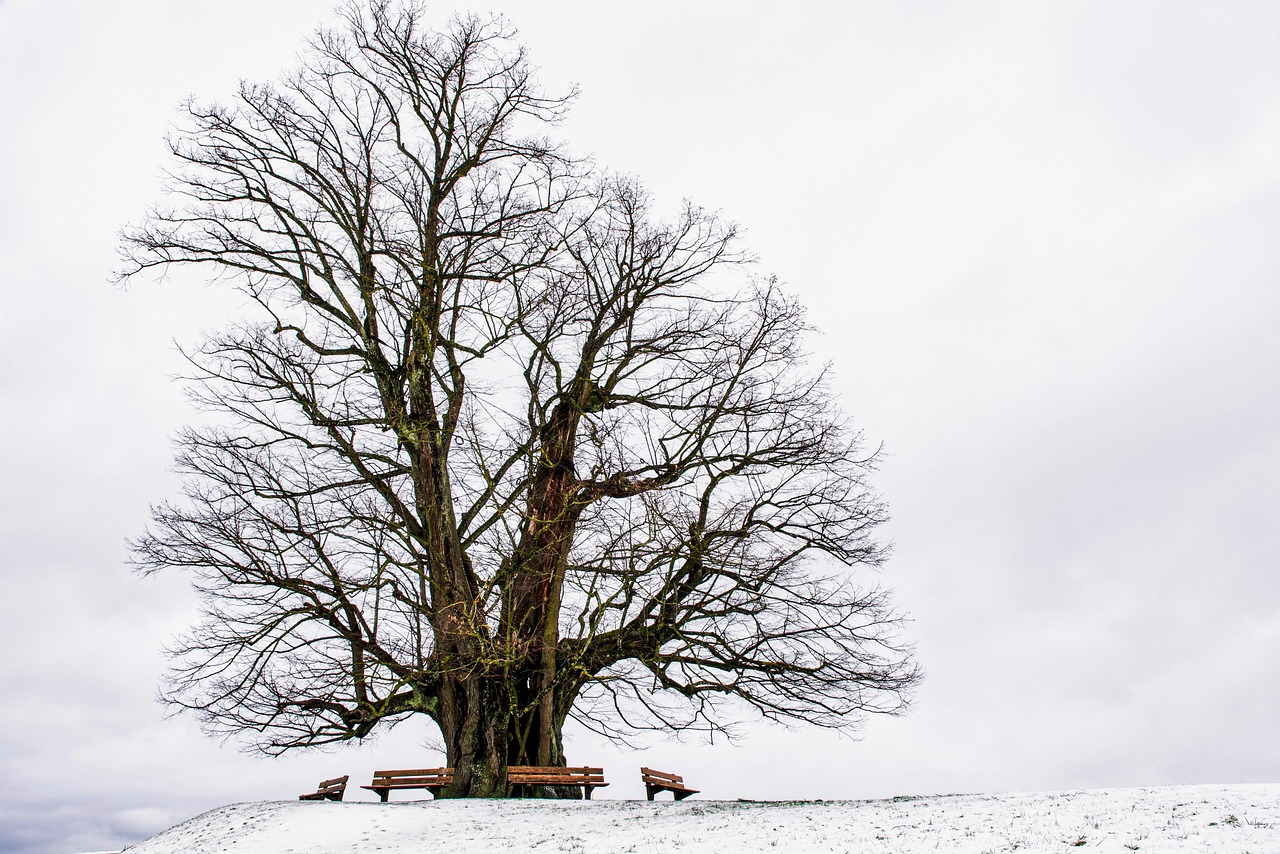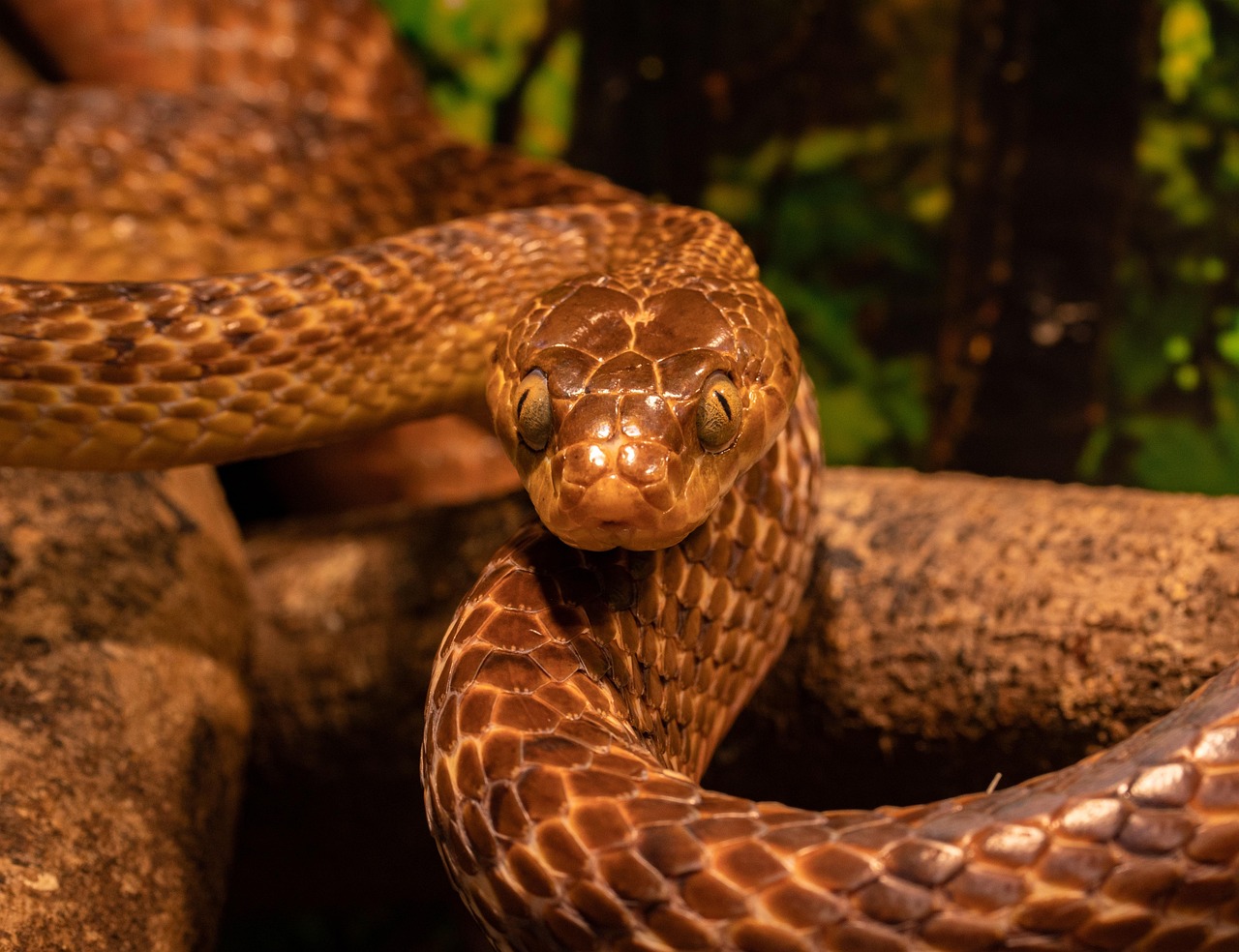The Tuckeroo tree (Cupaniopsis anacardioides) typically exhibits a moderate growth rate in coastal Australian regions, ranging from 1 to 2 feet per year under ideal conditions. Factors such as soil quality, moisture levels, and climate can influence this rate significantly.
The Tuckeroo tree is a native species found primarily along the coastlines of eastern Australia. Known for its resilience in coastal environments, it thrives in sandy soils and is often used in landscaping and erosion control. The tree can reach a height of 20 to 30 feet, making it a popular choice for parks and gardens. Its broad canopy provides ample shade, while its attractive foliage and small fruit add visual interest throughout the year.

Understanding the growth rate of the Tuckeroo tree is essential for both conservation efforts and landscaping projects. Coastal regions in Australia present unique challenges and opportunities for tree growth. Factors such as salinity, wind exposure, and soil composition can greatly affect how quickly these trees grow.
Factors Influencing Growth Rate
Several key factors influence the growth rate of the Tuckeroo tree in coastal Australian regions. These include environmental conditions, soil quality, water availability, and competition with other vegetation. Below are some of the primary factors that can impact growth:
- Soil Quality: The nutrient content and drainage capacity of the soil play a crucial role in growth. Sandy soils, typical in coastal areas, can be low in nutrients but may provide excellent drainage.
- Water Availability: Regular rainfall and access to water sources significantly enhance growth rates. Drought conditions can hinder growth and cause stress to the tree.
- Salinity Levels: The Tuckeroo tree is salt-tolerant, but excessive salinity can still negatively affect its health and growth.
- Wind Exposure: Strong coastal winds can lead to physical damage, impacting overall growth and stability.
In addition to these factors, competition from surrounding plants can also impact the growth rate of the Tuckeroo tree. In areas with dense vegetation, young trees may struggle to compete for sunlight and nutrients.

Growth Patterns
Tuckeroo trees exhibit distinct growth patterns based on their environment. In optimal conditions, they can achieve a height of around 15 to 20 feet within five to ten years. However, in less favorable conditions, such as poor soil quality or limited water supply, growth may be stunted.
The tree’s growth rate can be further influenced by its age. Young Tuckeroo trees tend to grow faster than established trees. As they mature, their growth rate may slow down significantly. This change is common among many tree species.
Comparative Growth Rates
When comparing the Tuckeroo tree’s growth rate to other native Australian trees, it is essential to consider several factors. Below is a table that illustrates the average growth rates of various native species:

| Tree Species | Average Growth Rate (Feet/Year) | Ideal Growing Conditions |
|---|---|---|
| Tuckeroo (Cupaniopsis anacardioides) | 1-2 | Sandy soils, moderate rainfall |
| Eucalyptus (Various species) | 3-5 | Diverse soils, good moisture |
| Melaleuca (Paperbark) | 2-4 | Wetlands, well-drained soils |
| Cassuarina (She-oak) | 2-3 | Sandy or clay soils, coastal areas |
This comparison highlights that while the Tuckeroo tree has a moderate growth rate, other species may grow more rapidly under similar conditions. Understanding these differences can aid in selecting the right trees for specific landscaping needs or ecological restoration projects.
In summary, the Tuckeroo tree’s growth rate varies widely based on numerous factors common in coastal Australian regions. By considering these influences, one can better appreciate how this unique species adapts and thrives in its natural habitat.
Growth Conditions and Ideal Environments
The growth rate of the Tuckeroo tree is highly influenced by its growing conditions. Understanding the ideal environments for this species can help maximize its growth potential. Coastal regions provide a unique combination of factors that can either enhance or hinder growth.

Here are some critical conditions that promote healthy growth for the Tuckeroo tree:
- Sunlight: Tuckeroo trees thrive in full sunlight. They require at least six hours of direct sunlight daily to grow optimally.
- Soil Type: While they can tolerate various soil types, well-drained sandy soils are preferred. These soils help prevent waterlogging, which can lead to root rot.
- Moisture Levels: Regular rainfall is beneficial. However, the trees can also tolerate short periods of drought once established.
- Temperature: Tuckeroo trees are suited for warm coastal climates. They prefer temperatures ranging from 60°F to 85°F (15°C to 30°C).
Impact of Salinity
Salinity is another crucial factor in the growth of Tuckeroo trees. These trees have developed a certain level of salt tolerance, allowing them to thrive in coastal areas where saltwater intrusion can occur. However, excessive salinity can still pose challenges.
The following points outline the impact of salinity on Tuckeroo tree growth:
- Salt Tolerance: The Tuckeroo tree can withstand moderate salinity levels, which makes it suitable for coastal planting.
- Excessive Salinity: High salt concentrations can damage roots and hinder nutrient uptake, affecting overall health and growth rates.
- Mitigation Strategies: Planting Tuckeroo trees in areas with good drainage can help reduce salt accumulation around roots.
Pest and Disease Resistance
Tuckeroo trees are relatively resilient when it comes to pests and diseases. However, certain conditions can make them susceptible to specific issues. Understanding these potential threats is essential for maintaining healthy trees.
Common Pests
The following pests may affect Tuckeroo trees, although they are not commonly problematic:
- Leaf Miners: These pests can cause damage to the leaves but rarely threaten the tree’s overall health.
- Scale Insects: These insects may feed on sap but usually do not require significant intervention.
Diseases
Tuckeroo trees are not frequently affected by diseases, but some issues may arise under poor growing conditions:
- Root Rot: This condition can occur when the soil is poorly drained or overly saturated with water.
- Leaf Spot: Fungal infections may cause leaf discoloration but are generally manageable with proper care.
Cultural Practices for Optimal Growth
To achieve the best growth rates for Tuckeroo trees, certain cultural practices should be followed. These practices are designed to create an environment that mimics the tree’s natural habitat while addressing potential challenges.
- Regular Watering: Ensure that young trees receive adequate water, especially during dry spells, to establish strong root systems.
- Mulching: Apply a layer of mulch around the base of the tree to retain moisture and suppress weeds.
- Pruning: Regular pruning can help shape the tree and remove dead or damaged branches, promoting healthier growth.
- Pest Monitoring: Keep an eye on pest populations and take action as needed to prevent infestations.
Ecological Importance
The Tuckeroo tree plays a vital role in coastal ecosystems. Its growth contributes to habitat diversity and provides various ecological benefits.
Some ecological roles include:
- Erosion Control: The extensive root system helps stabilize sandy soils, reducing erosion from wind and water.
- Wildlife Habitat: Tuckeroo trees offer shelter and food for various bird species and insects, enhancing local biodiversity.
- Aesthetic Value: Their attractive foliage and shape make them popular choices in coastal landscaping, contributing to community beautification efforts.
Understanding the growth rate and environmental needs of the Tuckeroo tree is essential for maximizing its potential in coastal Australian regions. By implementing best practices and recognizing its ecological significance, we can ensure that this native species thrives in its natural habitat.
Propagation Techniques for Tuckeroo Trees
Successfully propagating Tuckeroo trees requires understanding the most effective methods for cultivation. These techniques can help ensure healthy growth and establishment in coastal environments.
Seed Propagation
One of the most common methods for propagating Tuckeroo trees is through seeds. This process involves several key steps:
- Seed Collection: Collect seeds during the fruiting season, which typically occurs in late summer to early autumn.
- Seed Preparation: Clean the seeds to remove any pulp and allow them to dry for a few days.
- Scarification: Lightly scarify the seeds by rubbing them with sandpaper or soaking them in boiling water for a few minutes. This process helps improve germination rates.
- Sowing: Sow the seeds in well-draining soil, either directly in the ground or in seed trays. Cover lightly with soil and water gently.
- Germination Conditions: Place the trays in a warm, sunny location and keep the soil moist until germination occurs, which usually takes two to four weeks.
Cutting Propagation
Another effective method to propagate Tuckeroo trees is through cuttings. This technique can produce new plants that are genetically identical to the parent tree.
- Selecting Cuttings: Choose healthy, semi-hardwood cuttings from established trees during spring or early summer. Cuttings should be about 6 to 8 inches long with several leaves attached.
- Treatment: Dip the cut end of each cutting in a rooting hormone to encourage root development.
- Planting: Insert the cuttings into a pot filled with a well-draining potting mix. Water thoroughly and cover with a plastic bag to maintain humidity.
- Rooting Period: Keep the cuttings in a warm, bright location. Roots should start developing within four to six weeks. After this period, gradually acclimate the new plants to outdoor conditions.
Common Challenges in Cultivation
While growing Tuckeroo trees can be rewarding, several challenges may arise during propagation and establishment. Being aware of these issues can help mitigate potential problems.
Pests and Diseases
Pest infestations and diseases can impact the health of young Tuckeroo trees. Some common challenges include:
- Aphids: These small insects can cause leaf distortion and weaken the tree. Regular monitoring and using insecticidal soap can help manage their populations.
- Fungal Infections: Overly wet conditions can lead to fungal diseases. Ensuring proper drainage and avoiding overcrowding can reduce this risk.
Environmental Stressors
Environmental factors can also affect the growth of Tuckeroo trees. Key considerations include:
- Drought Stress: Young trees require consistent moisture. During dry spells, supplemental watering may be necessary to prevent stress.
- Soil Quality: Poor soil conditions can hinder growth. Amending the soil with organic matter can improve nutrient availability and drainage.
Cultural Significance of Tuckeroo Trees
Tuckeroo trees hold cultural significance for Indigenous Australians, who have utilized this species for various purposes throughout history. Understanding these cultural aspects adds depth to our appreciation of the tree.
Traditional Uses
The Tuckeroo tree has been used by Indigenous communities for several applications:
- Food Source: The fruit produced by Tuckeroo trees is edible and has been consumed by some Indigenous groups.
- Cultural Practices: The wood from Tuckeroo trees has been used for crafting tools, as well as for ceremonial purposes.
Modern Applications
Today, Tuckeroo trees continue to be valued for their ecological contributions and aesthetic qualities. Some modern applications include:
- Landscaping: Their attractive form makes Tuckeroo trees a popular choice in coastal gardens and parks.
- Erosion Control Projects: Due to their extensive root systems, they are often planted in areas prone to erosion, helping to stabilize soils and protect shorelines.
Future of Tuckeroo Trees in Coastal Regions
The future of Tuckeroo trees in coastal Australian regions remains promising, provided that conservation efforts are prioritized. Protecting natural habitats and promoting sustainable practices will ensure the survival of this valuable species.
In summary, enhancing propagation techniques and understanding cultural significance will contribute to the growth and preservation of Tuckeroo trees. By fostering these efforts, we can help secure a place for this native species in Australia’s coastal landscapes.
Conservation Strategies for Tuckeroo Trees
Conservation strategies are essential to ensure the long-term survival of Tuckeroo trees in coastal Australian regions. As urbanization and climate change continue to impact natural habitats, proactive measures are needed to protect this native species.
Habitat Preservation
Preserving the natural habitats where Tuckeroo trees thrive is crucial. Some key strategies include:
- Protected Areas: Establishing protected areas that encompass existing Tuckeroo populations can help safeguard them from development and habitat destruction.
- Restoration Efforts: Rehabilitating degraded coastal environments by planting Tuckeroo trees can help restore ecological balance and enhance biodiversity.
- Monitoring Programs: Implementing monitoring programs to assess the health of Tuckeroo populations can aid in identifying threats and managing risks effectively.
Community Engagement
Engaging local communities in conservation efforts can significantly enhance the impact of preservation initiatives. Some approaches include:
- Education Programs: Raising awareness about the ecological importance of Tuckeroo trees and their role in coastal ecosystems can foster community support for conservation efforts.
- Volunteer Opportunities: Involving volunteers in planting and maintenance activities can create a sense of ownership and pride in local green spaces.
- Partnerships: Collaborating with local organizations, schools, and government agencies can amplify conservation efforts and resources.
The Role of Research in Tuckeroo Tree Conservation
Research plays a vital role in understanding the growth patterns, ecological interactions, and adaptability of Tuckeroo trees. Ongoing studies can provide insights that inform conservation strategies.
Ecological Studies
Researching the interactions between Tuckeroo trees and their environment can help identify critical factors that influence growth and survival. Some areas of focus include:
- Soil Composition: Analyzing soil types and nutrient availability can lead to better management practices for enhancing tree growth.
- Pest Dynamics: Studying pest populations and their impact on Tuckeroo trees can inform integrated pest management strategies.
- Climate Adaptation: Understanding how climate change affects Tuckeroo growth rates will be crucial for developing adaptation strategies.
Genetic Research
Exploring the genetic diversity within Tuckeroo populations can be beneficial for conservation efforts. Key considerations include:
- Diversity Assessment: Assessing genetic variation among populations can help identify resilient traits that may be advantageous in changing environments.
- Seed Bank Initiatives: Establishing seed banks to preserve genetic material can aid in restoration efforts and ensure genetic diversity is maintained.
- Propagation Techniques: Researching improved methods for propagation can enhance the success rate of planting initiatives.
Final Thoughts
The Tuckeroo tree is a remarkable species that plays an essential role in coastal ecosystems across Australia. Its moderate growth rate, resilience to salinity, and ecological contributions make it a valuable asset for both nature and communities. By understanding its growth conditions, cultivation techniques, and cultural significance, we can enhance its presence in our landscapes.
The importance of conservation strategies cannot be understated. Protecting existing habitats, engaging communities, and supporting ongoing research are vital steps toward ensuring the survival of Tuckeroo trees. As we face environmental challenges such as climate change and habitat loss, proactive measures will be key to sustaining this native species.
Ultimately, the future of Tuckeroo trees depends on our collective efforts—government agencies, researchers, conservationists, and local communities must work together. By fostering awareness and implementing effective conservation practices, we can ensure that Tuckeroo trees continue to thrive in coastal Australian regions for generations to come.
